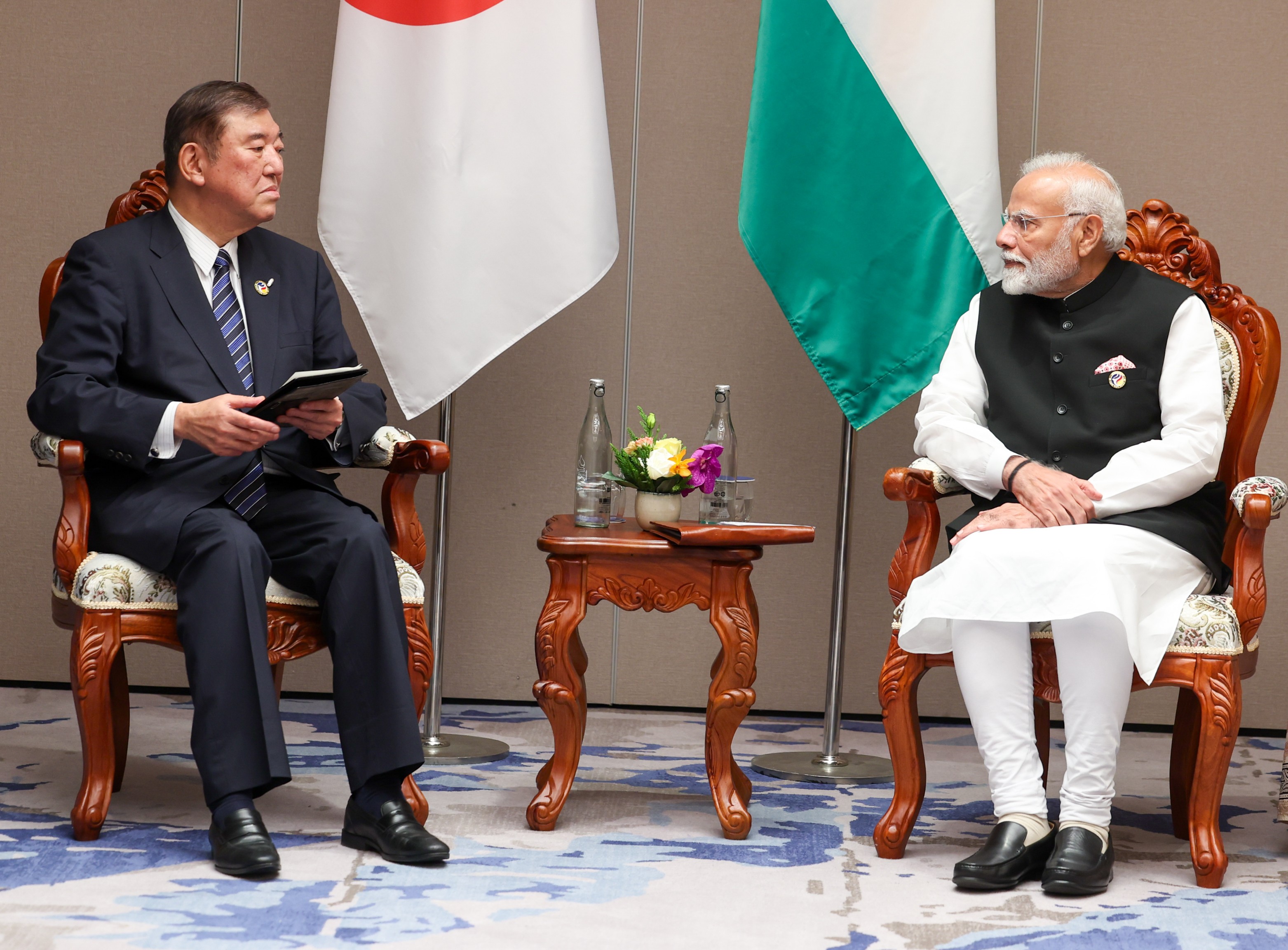India Seeks Strategic Balance Amid Trade Tensions with US as PM Modi Heads to Japan and China
Indian Prime Minister Narendra Modi has departed for a high-stakes two-nation tour, beginning with the 15th Annual India–Japan Summit in Tokyo, followed by the Shanghai Cooperation Organisation (SCO) Summit in Tianjin, China.
The visit comes at a time of increasing global instability and rising bilateral tensions between India and the United States over trade and energy policy.
 |
| File Photo Source: PM NaMo |
Talks will cover critical areas such as semiconductors, artificial intelligence, trade, and sustainability, while also advancing a $550 billion investment package aimed at reducing tariffs and expanding Indo–Japanese industrial collaboration.
The Japan–India relationship has deepened over the past decade, with Japan investing heavily in infrastructure, manufacturing, and clean energy in India.
India remains the top medium-term investment destination for Japanese companies, according to the latest JBIC survey.
Trade between the two nations reached $25.15 billion in FY2024–25, and India is pushing for a reinvigorated India–EU Free Trade Agreement, with Japan’s support.
From Tokyo, PM Modi will head to Tianjin, China, where he is expected to engage with President Xi Jinping, President Vladimir Putin, and other key leaders at the SCO Summit.
India will emphasize its innovation, health, and cultural diplomacy initiatives introduced during its own SCO Presidency.
Modi’s bilateral interactions on the sidelines will be closely watched amid evolving power equations in Eurasia and the Indo-Pacific.
The diplomatic tour comes as India–U.S. ties face growing strains, particularly after reports that Modi declined four calls from President Donald Trump over the past month.
With Washington preparing to impose 50% tariffs on Indian goods, including a separate 25% duty on discounted Russian crude imports, New Delhi has sharpened its tone.
External Affairs Minister S. Jaishankar had earlier called the U.S. criticism of India’s energy trade with Russia “ironic,” stating, “If you don’t like Indian oil or refined products, don’t buy them.”
Meanwhile, PM Modi has framed the dispute as a fight for economic sovereignty, invoking India’s Atmanirbhar Bharat (self-reliant India) policy during a rally in Ahmedabad.
Japan, by contrast, is likely to emerge as a consistent and stable partner.
Despite internal negotiations over U.S.-Japan trade tariffs, Tokyo has stated its commitment to bilateral cooperation with India, even as its own trade trip to Washington was postponed amid technical disagreements.
As the geopolitical chessboard shifts--with deepening Russia–China military coordination and Iran entering a gas pact with Moscow--India’s leadership is balancing strategic outreach in the East while maintaining calibrated caution in its Western partnerships.
Analysts say Modi's Tokyo–Tianjin tour could reshape Asia’s trade and security contours, positioning India as a regional stabilizer amid growing uncertainty across the global order.
